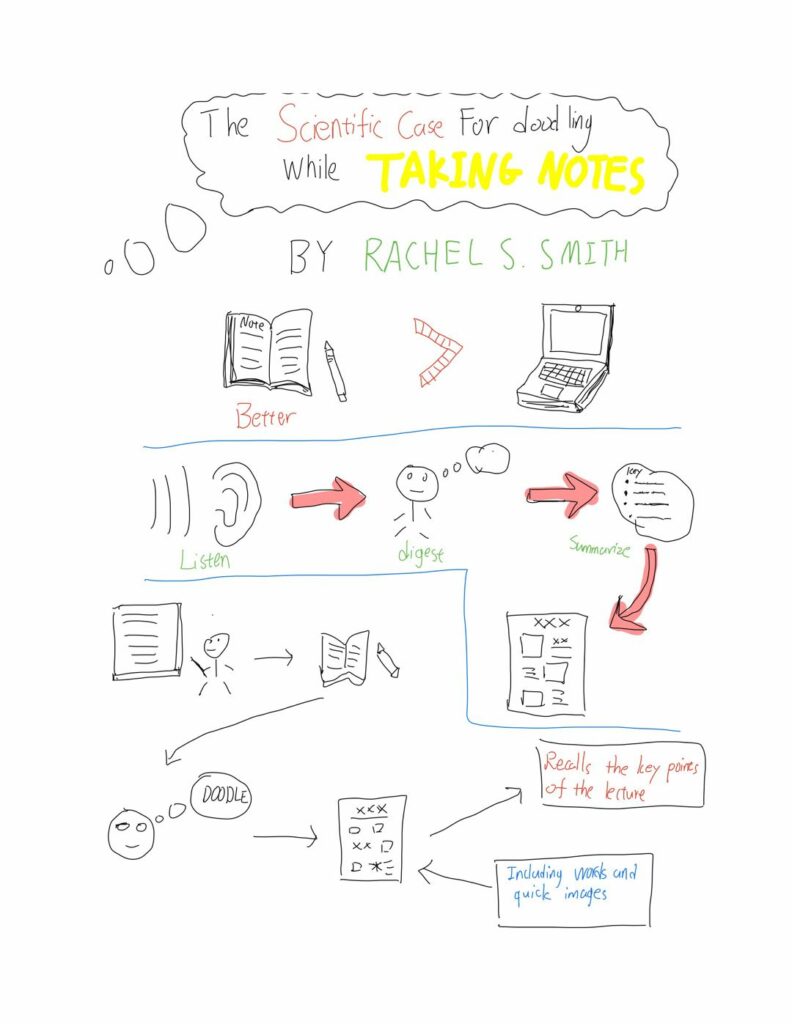The link of the lesson plan: https://docs.google.com/document/d/1eZKKtDm_bTUu8PkewLcD-v9ukPLvaQT0muGN7Jp2Gw0/edit?usp=sharing
The link of the PowerPoint Presentation: https://docs.google.com/presentation/d/1WANYlAqQKJ8fx9gacvWxks5cFyAQoS-SI6qmX1BJK44/edit?usp=sharing
The H5P video:
In this assignment, we apply several multimedia principles in our video and powerpoint presentation.
- Multimedia Principle: I used pictures and text together instead of plain text to make my audience understand better. For example, we have three keywords (Drop, Cover and Hold) in our third slide, In order for the audience to understand the meaning of these three keywords more intuitively, we placed the picture related to the keywords in the lower right corner of the slide.
- Coherence Principle: In the slides, we just simply added some key points and graphs which are related to the topic. We tried to reduce redundant content and left only important and necessary information to our audience.
- Signaling Principle: In some key points of our slide, we highlighted some words. This will help audience focus on important information.
- Spatial Contiguity Principle: In the slide, we kept our key points and pictures close together. Audience can easily relate text to graphics, and this makes it easier for learners to process information and use less energy to explain meaning.
- Embodiment Principle: In our presentation, our pictures did not show in the video so that we won’t distract our audience’s attention.


Recent Comments